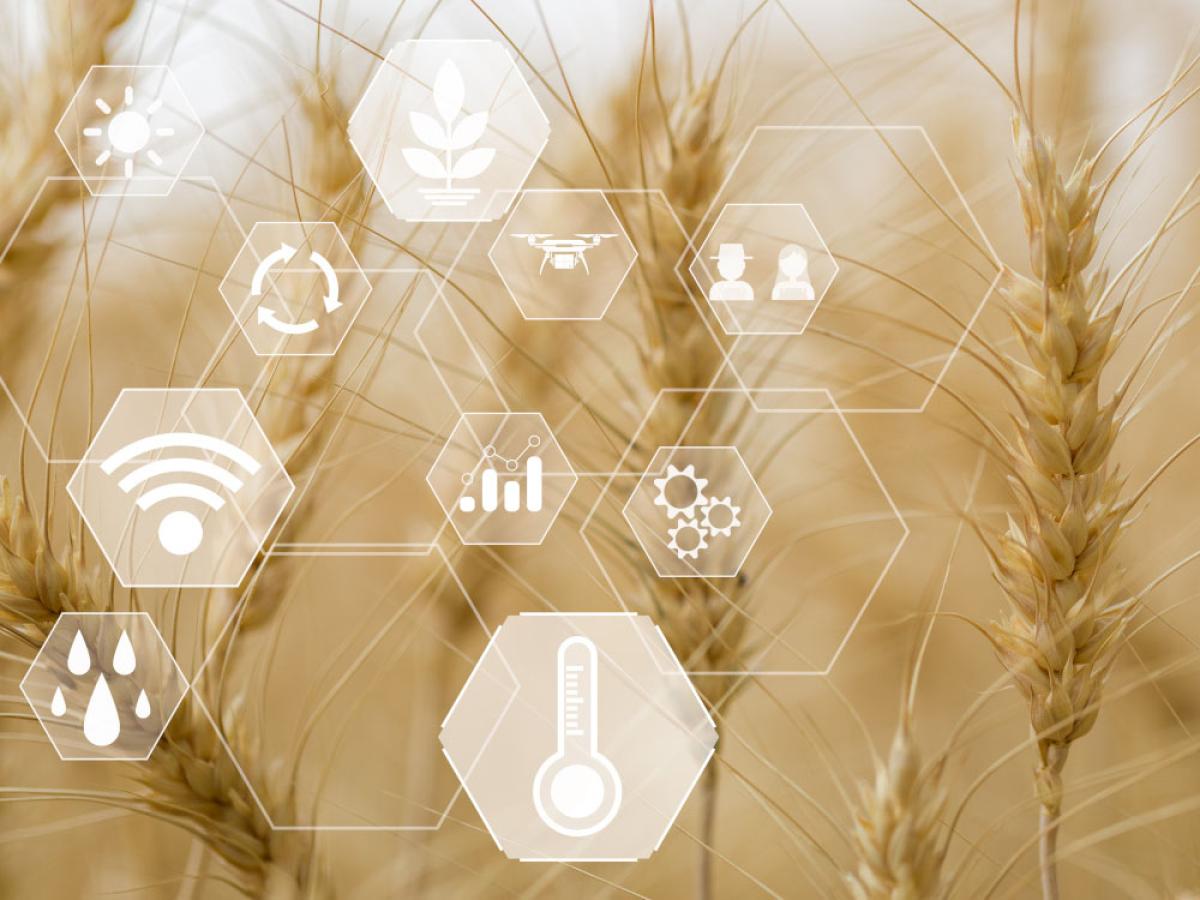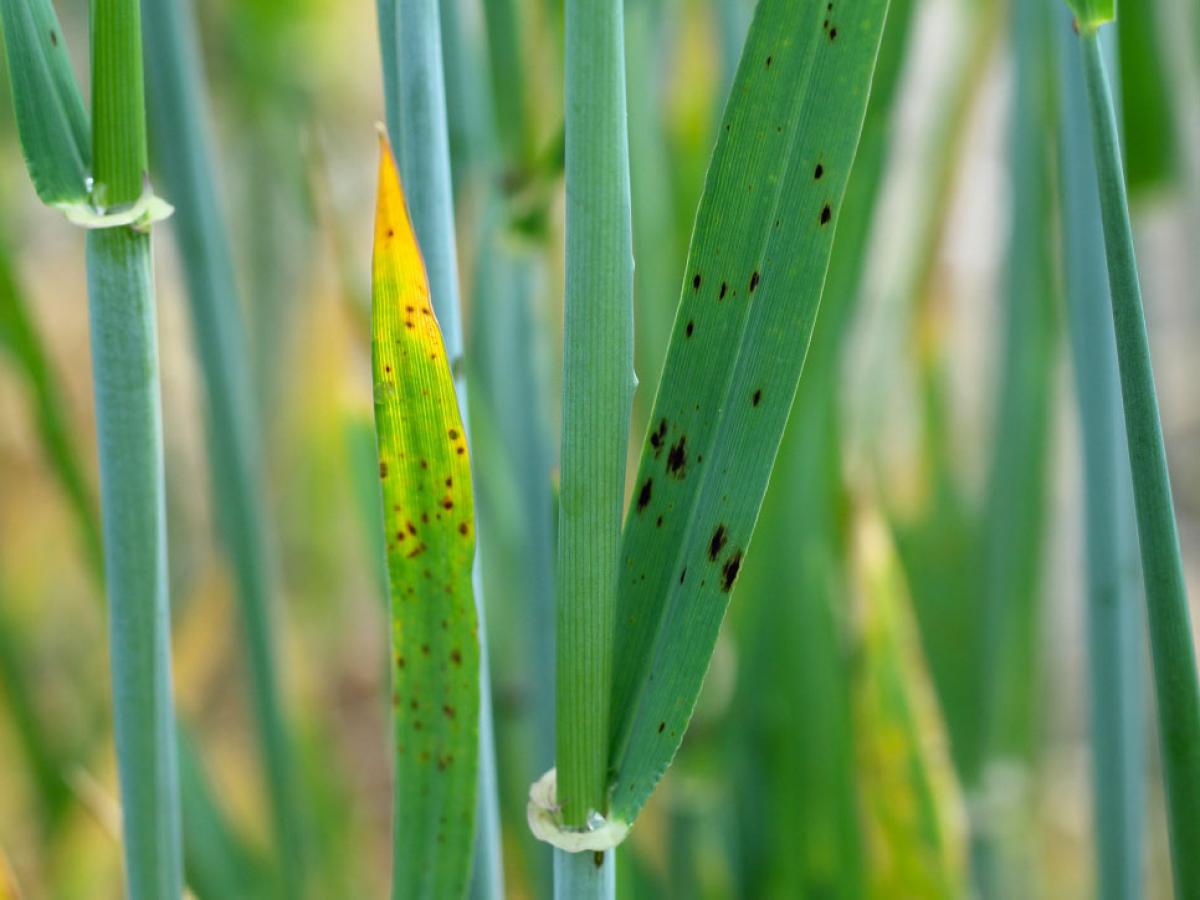Service & Support
AAGI-AU, together with the other AAGI strategic partners, provides analytics and computational service to over 150 priority GRDC-funded research investments.
Through close collaboration with a range of project partners across academia, government departments and commercial industry, AAGI provides robust experimental design and best-in-class analytics support to GRDC investments, delivering practical benefits to Australian grains growers and the greater agricultural landscape.
-
Genetic improvement in breeding programs

AAGI-AU uses integrative modelling of genomic, phenotypic, and multi-omics data to enable accurate analysis of industry relevant traits critical to breeding program research conducted in GRDC-funded investments. Our work leverages cutting-edge plant breeding modelling approaches, including high-throughput phenotyping analytics, multi-environment trial analytics, crop modelling, and genomics analysis approaches such as QTL mapping, GWAS and genomic prediction. Our robust modelling approaches generate accurate research outcomes, and accelerate the breeding of resilient, high-performing crop varieties adapted to the diverse environments of Australia’s grain-growing regions.
-
Agronomic modelling

Using advanced analytics, AAGI-AU models the complex interactions between crops and their environments, incorporating growth factors such as soil, climate, and nutrient uptake, as well as adversarial effects from weed competition, pests and pathogens. We use multi-environment spatial and spatiotemporal modelling techniques to quantify the effects of key biotic and abiotic stressors, and their links to crop development and grain yield. Incorporating this environmental variability in analyses improves the accuracy of crop response predictions. This improvement enables more informed agronomic decisions, empowering grain researchers and growers to adopt more productive and more sustainable crop management practices.
-
Disease and pest management

At AAGI-AU, research into disease and pest management is supported through comparative analytics, epidemiological modelling, and the development of diagnostic tools to aid grains growers working on GRDC-funded research investments and beyond. By analysing data on plant pathogen life cycles, including the analysis of host resistance, fungicide resistance, and environmental triggers, we better inform the development and implementation of disease management strategies. AAGI-AU’s comparative multi-environment modelling unlocks new insights into pest and disease spread. The results from these analytics enhance biosecurity and reduce yield losses, supporting the health of Australia’s grains and other primary industries.
-
Grain yield and quality improvement

Researchers at AAGI-AU have decades of experience and expertise in applying complex spatial modelling and machine learning to assessing the performance of varietal grain yield and quality traits. Our technologies support trait evaluation across multiple environments and phases of experimentation, and help researchers understand how key factors such as environmental variables and plant physiology affect grain development and post-harvest metrics. These insights are invaluable for the effective breeding and management of crops—crops that meet the demands of today’s global competitive markets, while also maintaining resilience in the variable conditions that define Australia’s unique agricultural landscape.
-
Data infrastructure, software tools and decision support

AAGI-AU develops robust analytics tools and decision support systems tailored to the Australian grains industry. We build scalable software for experimental design, sampling, real-time analytics, data fusion, and machine learning tasks. One of AAGI-AU’s leading services is the development of user-friendly online applications, which empower researchers and growers to collaboratively visualise and analyse their data in an accessible way. Our experienced software developers excel at building analytics pipelines and tailoring software solutions for a wide variety of research and industry applications.
